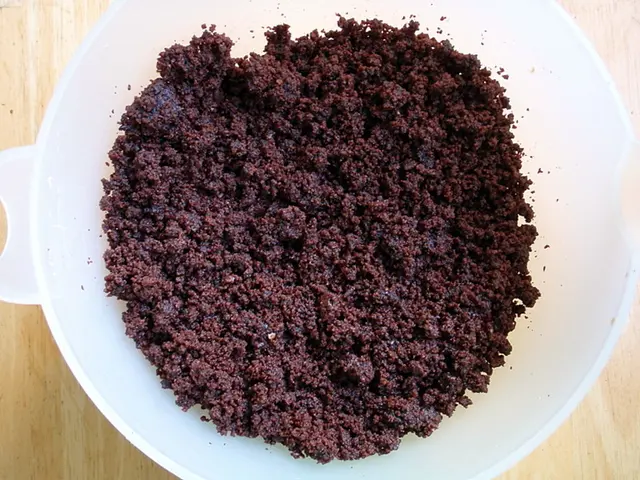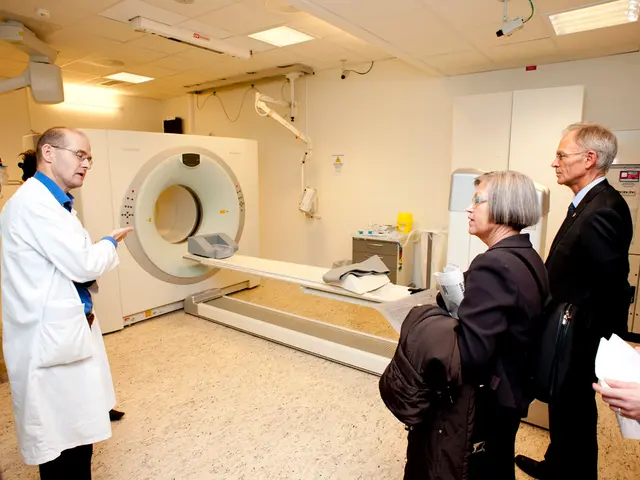Rapid and severe rosacea: Understanding origins, signs, and remedies
Rosacea Fulminans is a rare, aggressive skin condition, often mistaken for pyoderma faciale. It exhibits as rapid and intense inflammation in the central facial areas, typically the chin, cheeks, and nose.
This formidable skin condition is known to strike women of childbearing age. However, the causes remain elusive. Some researchers suggest links with other conditions, such as inflammatory bowel disease, pregnancy, and past rosacea instances.
Stress, hormonal fluctuations, and certain medications are potential triggers for rosacea Fulminans. A 2021 literature review even indicates that specific dietary factors could exacerbate rosacea symptoms, although these findings are not specific to rosacea Fulminans.
Symptoms to Watch For
Rosacea Fulminans manifests through a flushed, swollen, and painful canvas of nodules and pimples. These blemishes often merge and display more intense and rapid onset compared to typical rosacea or acne. Other symptoms include inflammation, redness, flushing, stinging, and burning. Some people may also experience ocular symptoms like dry, burning, or itching eyes and light sensitivity. Rare systemic symptoms include fever and fatigue.
Triggers to Avoid
To combat this fiery skin disorder, it's crucial to identify and evade personal triggers. Emotional stress, hormonal fluctuations, specific medications, spicy foods, alcohol, foods containing cinnamaldehyde, histamine-rich foods and beverages, hot drinks, and even sun exposure could be exacerbating factors for rosacea.
Treatment and Management
A healthcare professional may prescribe oral isotretinoin, a powerful acne medication, or corticosteroids for rosacea Fulminans. Antibiotics combined with corticosteroids and lifestyle changes have also shown success in treating cases. Adopting stress management techniques, making dietary adjustments, and using gentle skin care products can further help manage symptoms.
Seek Professional Help
If you experience large, tender nodules, abscesses, significant facial discomfort, a sudden onset of symptoms, symptoms that persist or worsen despite over-the-counter medications or rosacea therapies, or eye irritation or inflammation, reach out to a dermatologist or healthcare professional promptly. Early intervention allows for accurate diagnosis and treatment, preventing complications such as scarring and infections and improving the overall quality of life.
- The skin condition known as rosacea fulminans, characterized by rapid and intense skin inflammation, is often found to affect women of childbearing age.
- Identifying and avoiding personal triggers such as emotional stress, spicy foods, alcohol, and sun exposure could help manage symptoms of rosacea fulminans.
- In cases of rosacea fulminans, a healthcare professional may prescribe treatments like oral isotretinoin, corticosteroids, antibiotics, or a combination of these, along with lifestyle changes and stress management techniques.
- If you experience symptoms such as large, tender nodules, abscesses, facial discomfort, a sudden onset of symptoms, or eye irritation or inflammation, it's important to seek help from a dermatologist or healthcare professional promptly for accurate diagnosis and treatment.








